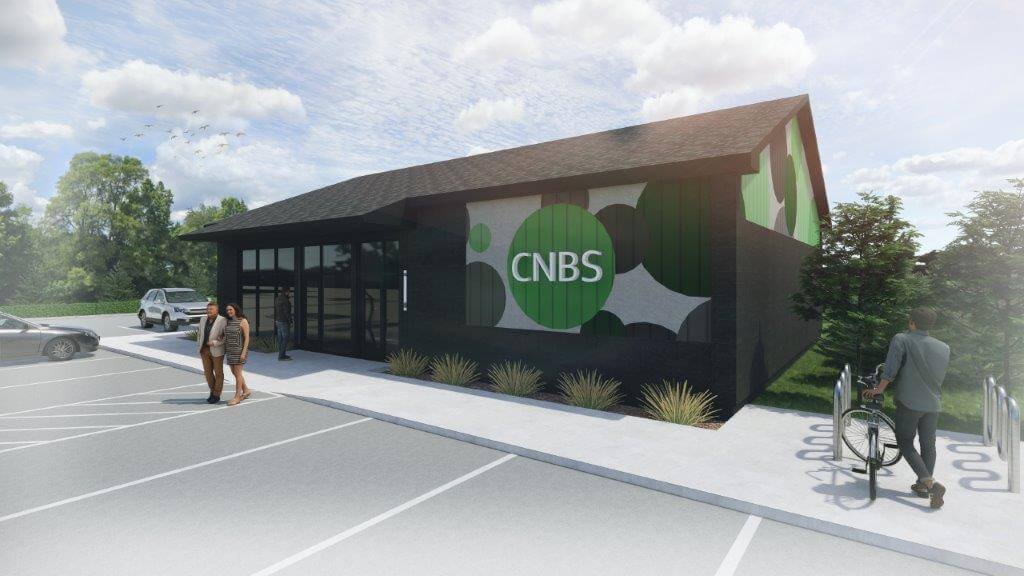
We are cannabis facility architects. Before we dive into the world of growth facility and retail architecture associated with cannabis, marijuana, or marihuana, and other cannabis-related products, we recommend that you work with a THC consulting firm or contact your state’s cannabis governing agency on how to become licensed, grow, and run a cannabis business legally. Much like having a liquor license at a bar, developers and business owners must go through the proper channels to be licensed vendors or growers for cannabis. We only provide architectural services, we cannot assist you in starting or running a business, we solely provide architectural plans and designs for buildings that will fit the needs of your business. This is not smoky truth, it is a fact.
Zoning
Part of the Designhaus secret recipe is we know and understand the required zoning for all types of projects we undertake. Depending on the state and city ordinances, zoning for marijuana-focused businesses can require buffers between educational institutions and other cannabis facilities, sometimes variances can be made, but must be addressed with city officials before approval. We can always assist with zoning troubles in these kinds of projects.
When designing a retail shop or growth facility it’s important to keep the following in mind…
Security
Simply having a locked door won’t be enough for any type of business. Designhaus focuses on designing buildings and site features that have proper exterior and interior lighting, satiety compliances for emergencies, and keeping in mind the use of security protocols such as cameras and gates or fences. A cannabis business will have to follow strict government compliances just to own and operate the business, we make building and site security a snap for clients so it’s the least of their worries.
Waste Management
Who would have thought that garbage architecture would be a thing? It’s easy to forget that waste management is a crucial component to site planning for buildings. Waste management for a cannabis business is another facet inspected by the government and will need the proper design and security as well. The tagging and tracking of plants from seed to waste products are taken seriously by the government, which means that waste management areas for a growth facility must be to code and under some form of surveillance.
Climate Controlled Grow Facilities
Designhaus is no stranger to climate-controlled warehousing and storage. The proper materials, ventilation, and design are all affected by regional climate and location in the US. The purpose of developing a climate-controlled grow facility is to have a constant, year to year output of product. Cannabis plants’ preferred climate is similar to ideal conditions for humans—not too hot, not too cold. Generally, cannabis plants prefer temperatures in the 70-85 °F (20-30 °C) range during the day or when grow lights are on. Temperature shifts are necessary when plants are in different development stages as well; it is important to incorporate various indoor climate zones in the building design so all plants can flourish in their respective growth cycle.
Ventilation
Designing a grow facility is like designing a greenhouse, however, cannabis plants require an exuberant amount of light. These plant-specific light fixtures can emit a lot of heat. This adds to the humidity and oxygen produced by the plants which can ruin the growth of the plants. To maintain cannabis-specific growth conditions, it is best to use greenhouse-specific HVAC systems. These systems give growers extreme control over their interior climate to remove excess humidity and heat.
Lighting and Electrical
Energy efficiency for a growth facility must be top propriety for the building design and functionality. Between the lighting, dehumidifiers, HVAC, thermostat control, and the irrigation systems (if one is used), developers would do well to put effort into the energy efficiency of their building. The following are useful methods of conserving and producing energy for a growth facility.
- Solar
- Some states that have passed the growth and use of cannabis have already implemented laws that require businesses to adopt renewable energy sources, like solar. Colorado, for example, has pledged to generate more than 30 percent of its electricity from sources like solar energy by 2020.
- Solar is becoming increasingly affordable to implement, and while it may not be a full source of power for growth facilities, it can help put less of a strain on electric bills.
- Collecting Rainwater
- Cannabis plants use an average of 23 liters of water daily. Growth facilities, depending on state law, can collect, store, and use rainwater on their plants. This is useful during droughts and public action days that require residents to cut back on public water use. Our architects can design a rainwater collection feature into a building that is easy to maintain and captures as much rain as possible. There’s more to it than having a gutter and downspout that leads into a barrel. Think of it as having a giant and efficient loading zone for rainwater that just so happens to be in the shape of a building.
Designhaus has successfully completed projects in the cannabis business. Contact us today to begin designing your growth facility or commercial retail building.
